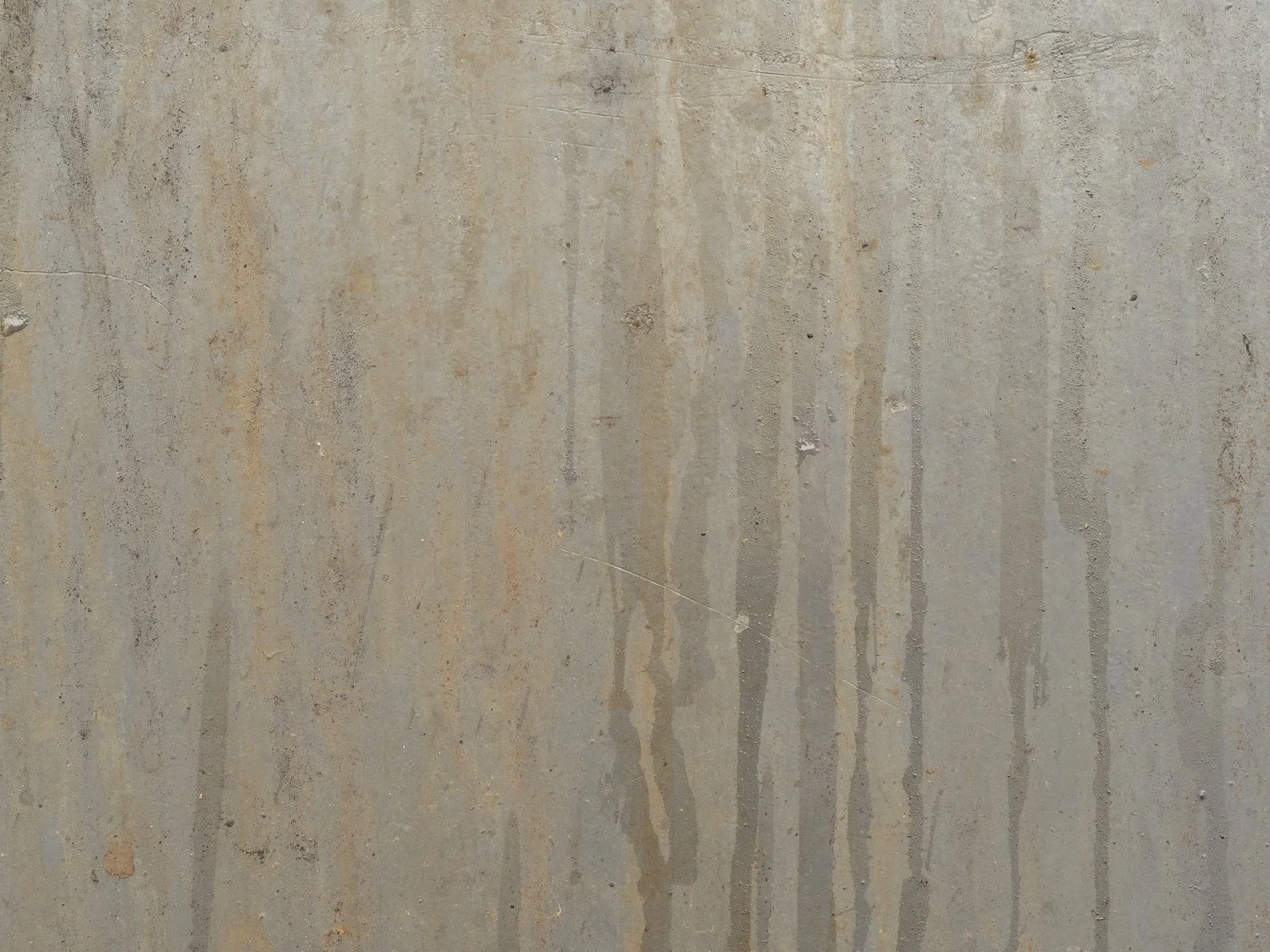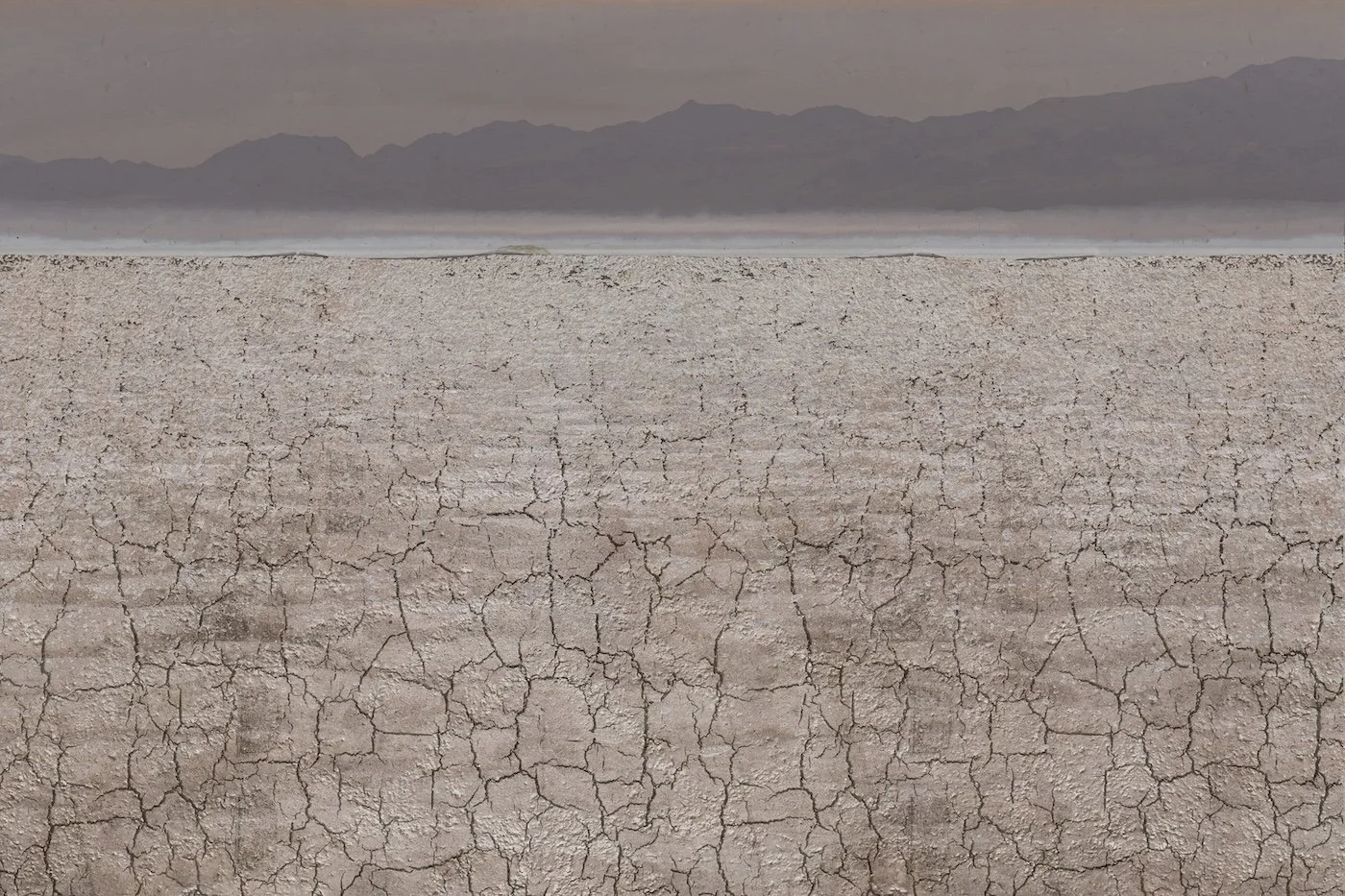
BADWATER BASIN
Death Valley National Park, California
2023
Limited Edition #1/10 + 2AP
16 by 12 in - $650 unframed print
24 by 18 in - $950 unframed print
40 by 30 in - $1,500 unframed print
Please contact Spalding Nix Fine Art to purchase

HORSESHOE BEND
Glen Canyon National Recreation Area, Utah
2023
Limited Edition #1/10 + 2AP
16 by 12 in - $650 unframed print
24 by 18 in - $950 unframed print
40 by 30 in - $1,500 unframed print
Please contact Spalding Nix Fine Art to purchase

REDWOOD TREETOPS
Redwood National Park, California
2023
Limited Edition #1/10 + 2AP
16 by 12 in - $650 unframed print
24 by 18 in - $950 unframed print
40 by 30 in - $1,500 unframed print
Please contact Spalding Nix Fine Art to purchase
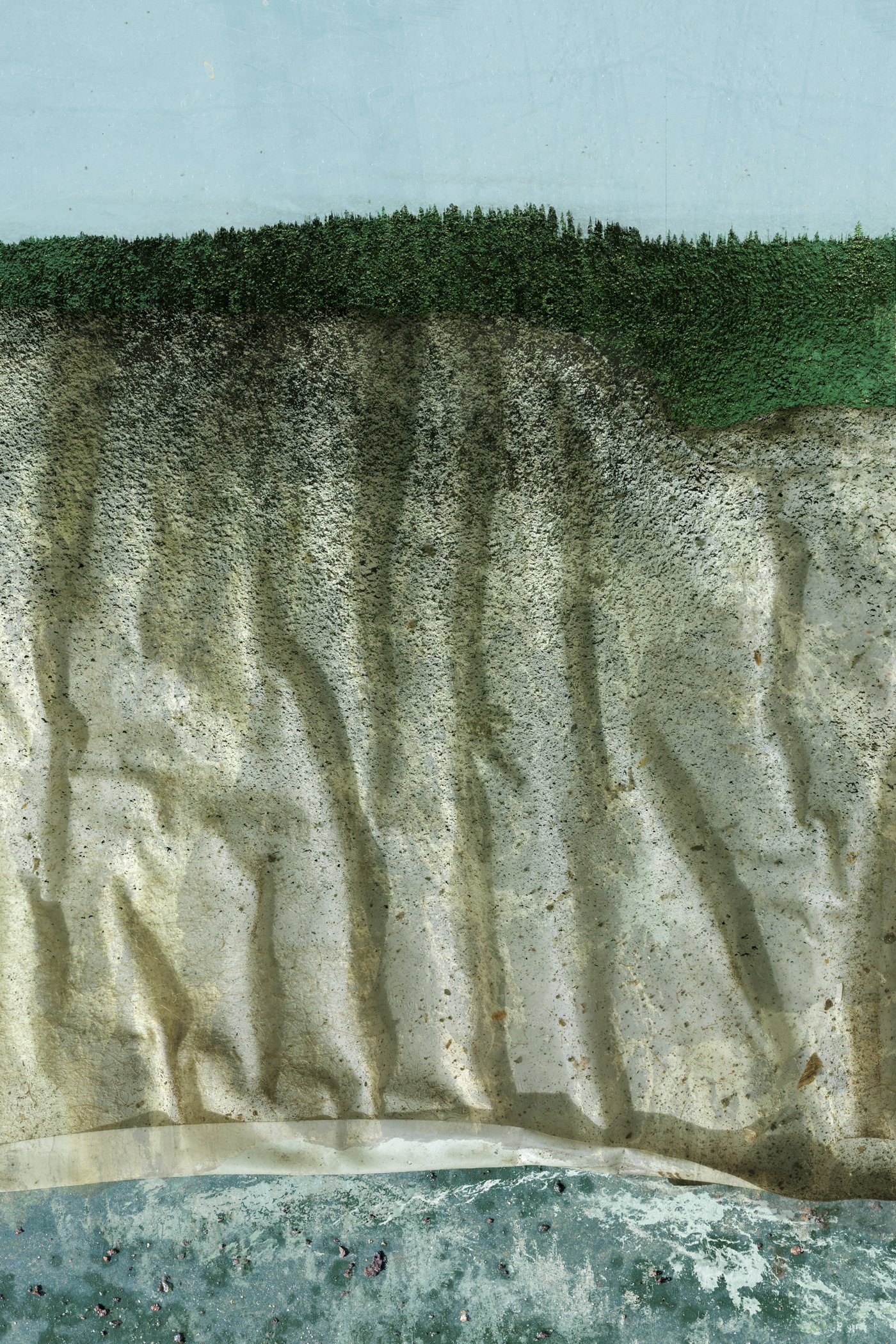
YELLOWSTONE CANYON, 2024
Yellowstone National Park, Wyoming
Limited Edition #1/10 + 2AP
16 by 12 in - $650 unframed print
24 by 18 in - $950 unframed print
40 by 30 in - $1,500 unframed print
Please contact Spalding Nix Fine Art to purchase

ZION WALL
Zion National Park, Utah
2023
Limited Edition #1/10 + 2AP
16 by 12 in - $650 unframed print
24 by 18 in - $950 unframed print
40 by 30 in - $1,500 unframed print
Please contact Spalding Nix Fine Art to purchase

SLOT CANYON X
Canyon X, Arizona
2023
Limited Edition #1/10 + 2AP
16 by 12 in - $650 unframed print
24 by 18 in - $950 unframed print
40 by 30 in - $1,500 unframed print
Please contact Spalding Nix Fine Art to purchase
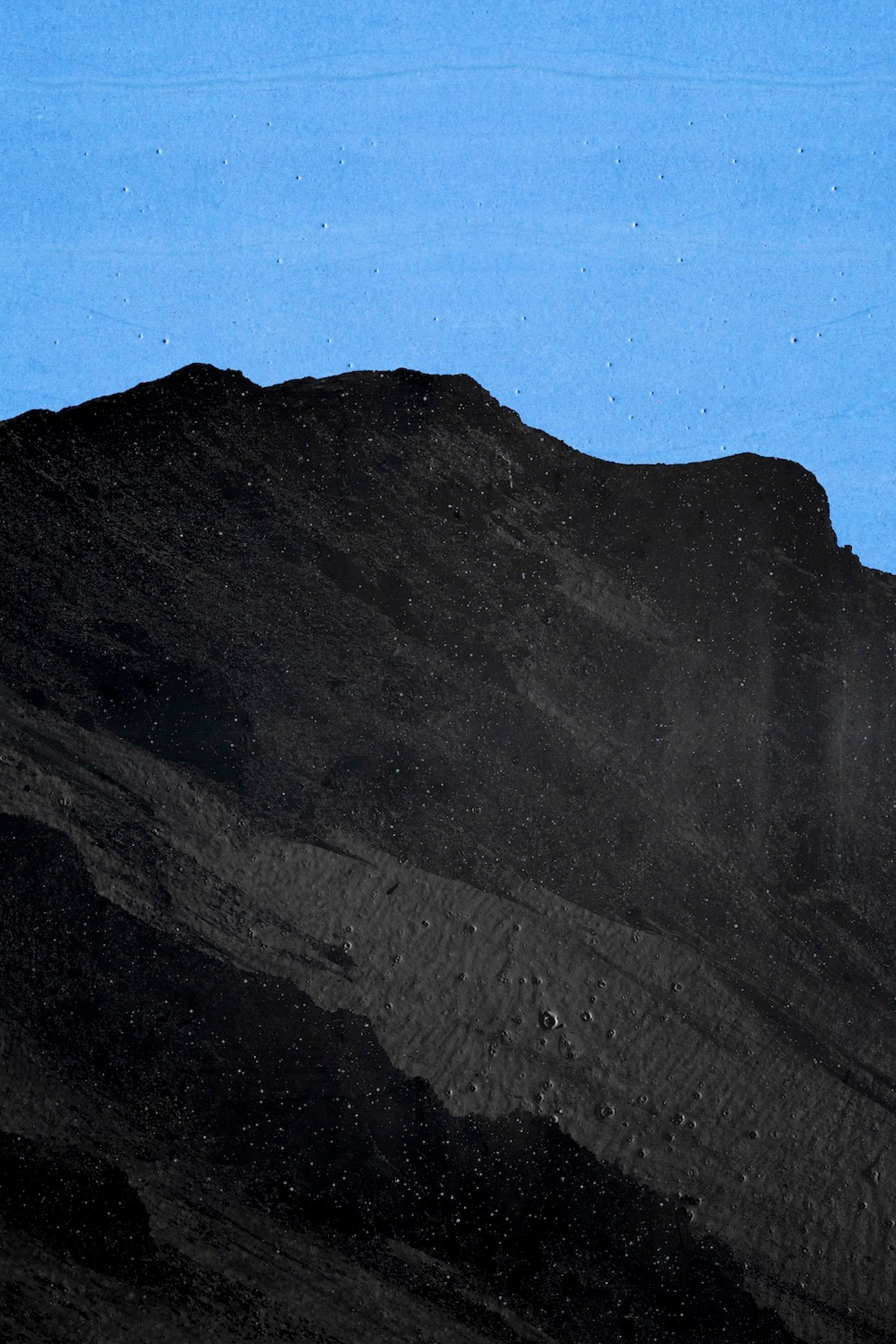
HALEAKALA LAVA FORMATION
Haleakala National Park, Hawaii
2024
Limited Edition #1/10 + 2AP
16 by 12 in - $650 unframed print
24 by 18 in - $950 unframed print
40 by 30 in - $1,500 unframed print
Please contact Spalding Nix Fine Art to purchase

CRATER LAKE BLUES
Crater Lake National Park, Oregon
2024
Limited Edition #2/10 + 2AP
16 by 12 in - $650 unframed print
24 by 18 in - $950 unframed print
40 by 30 in - $1,500 unframed print
Please contact Spalding Nix Fine Art to purchase

CUMBERLAND ISLAND MARSH
Cumberland Island National Seashore, Georgia
2025
Limited Edition #2/10 + 2AP
16 by 12 in - $650 unframed print
24 by 18 in - $950 unframed print
40 by 30 in - $1,500 unframed print
Please contact Spalding Nix Fine Art to purchase
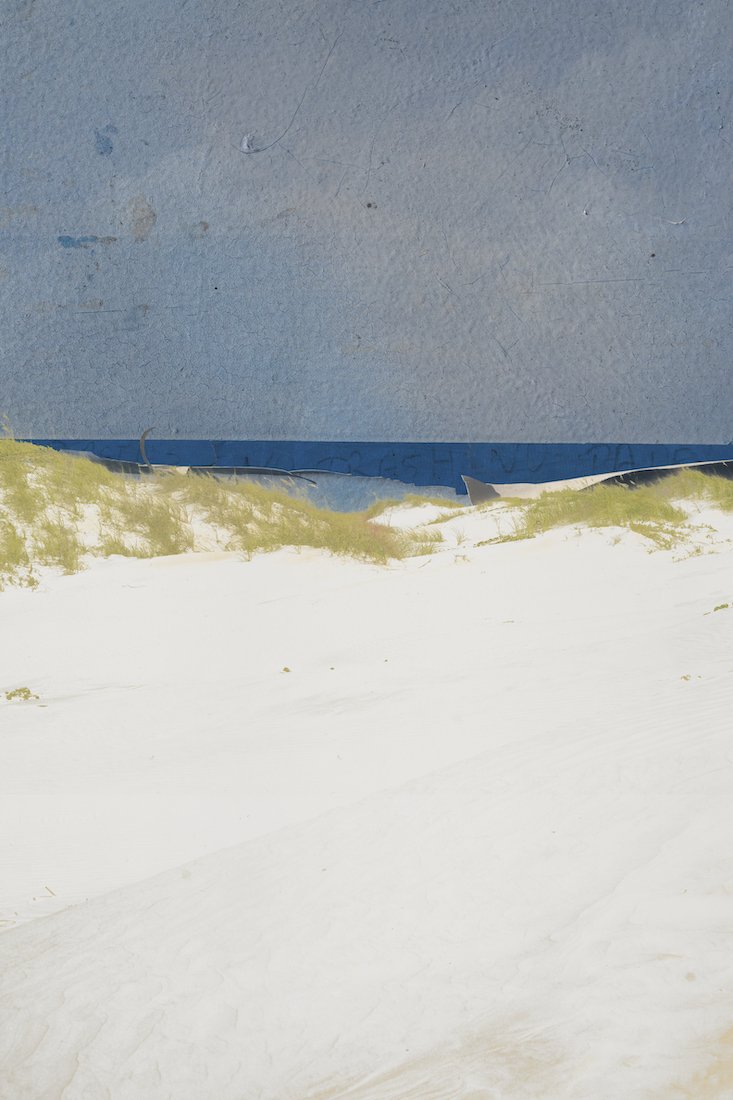
CUMBERLAND ISLAND SAND DUNES
Cumberland Island National Seashore, Georgia
2024
Limited Edition #1/10 + 2AP
16 by 12 in - $650 unframed print
24 by 18 in - $950 unframed print
40 by 30 in - $1,500 unframed print
Please contact Spalding Nix Fine Art to purchase
digitally composed archival print on paper, unframed
12 × 16 in, $650
18 x 24 in, $950
30 × 40 in, $1500
Available for purchase through Spalding Nix Fine Art

CUMBERALND ISLAND NO. 1
Cumberland Island National Seashore, Georgia
2025
Limited Edition #1/10 + 2AP
16 by 12 in - $650 unframed print
24 by 18 in - $950 unframed print
40 by 30 in - $1,500 unframed print
Please contact Spalding Nix Fine Art to purchase

CUMBELAND ISLAND NS NO. 2
Cumberland Island National Seashore, Georgia
2025
Limited Edition #1/10 + 2AP
16 by 12 in - $650 unframed print
24 by 18 in - $950 unframed print
40 by 30 in - $1,500 unframed print
Please contact Spalding Nix Fine Art to purchase

CUMBERLAND ISLAND NS NO. 3
Cumberland Island National Seashore, Georgia
2025
Limited Edition #1/10 + 2AP
16 by 12 in - $650 unframed print
24 by 18 in - $950 unframed print
40 by 30 in - $1,500 unframed print
Please contact Spalding Nix Fine Art to purchase

CUMBERLAND ISLAND NS NO. 4
Cumberland Island National Seashore, Georgia
2025
Limited Edition #1/10 + 2AP
16 by 12 in - $650 unframed print
24 by 18 in - $950 unframed print
40 by 30 in - $1,500 unframed print
Please contact Spalding Nix Fine Art to purchase

CUMBERLAND ISLAND NS NO. 5
Cumberland Island National Seashore, Georgia
2025
Limited Edition #1/10 + 2AP
16 by 12 in - $650 unframed print
24 by 18 in - $950 unframed print
40 by 30 in - $1,500 unframed print
Please contact Spalding Nix Fine Art to purchase

CUMBERLAND ISLAND NS NO. 6
Cumberland Island National Seashore, Georgia
2025
Limited Edition #1/10 + 2AP
16 by 12 in - $650 unframed print
24 by 18 in - $950 unframed print
40 by 30 in - $1,500 unframed print
Please contact Spalding Nix Fine Art to purchase

CUMBERLAND ISLAND NS NO. 7
Cumberland Island National Seashore, Georgia
2025
Limited Edition #1/10 + 2AP
16 by 12 in - $650 unframed print
24 by 18 in - $950 unframed print
40 by 30 in - $1,500 unframed print
Please contact Spalding Nix Fine Art to purchase

CUMBERLAND ISLAND NS NO. 8
Cumberland Island National Seashore, Georgia
2025
Limited Edition #1/10 + 2AP
16 by 12 in - $650 unframed print
24 by 18 in - $950 unframed print
40 by 30 in - $1,500 unframed print
Please contact Spalding Nix Fine Art to purchase


















